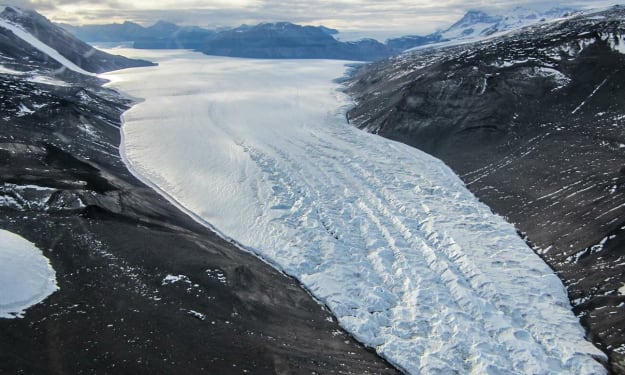Is solar power the answer?
The Sun is our ultimate power source, so why not make more direct use of it?

There is a sense in which all energy is solar energy. Every energy source we have on planet Earth derives originally from the Sun, although there could be arguments over those that depend on the heat trapped deep down in the Earth’s mantle and core. Every gallon of fuel you use started out as zillions of life-forms that derived their energy from the rays of the Sun.
So what’s so special about solar energy? Basically, it is using the Sun’s energy in a more direct form. This can be done via the use of photovoltaic cells, that transform the Sun’s heat into usable energy in the form of electricity, or via a system that heats water that can then either be used directly or to power steam turbines. The scale at which solar energy is usable can therefore be anything from non-battery power for a pocket calculator to a huge array of cells that can provide energy for a whole city. When the sun shines, its energy can be used.
The main disadvantage of solar energy, therefore, is that the sun does not always shine. Even in the latitudes where most of the world’s population lives, night follows day in roughly even proportions over the course of a year. Also, the reason for those latitudes being so well populated is that weather systems (ironically enough powered by the Sun) bring a regular supply of rain that falls from clouds that obscure the Sun. So, the areas of the World that demand most energy are those where the provision of that energy directly from the Sun are most problematic.
There are therefore going to be relatively few environments in which solar energy can be the sole source of power. That means that the large investment necessary to establish a major solar energy project can only provide a partial solution in most places. Communities need to ask themselves how much of a commitment they are willing to make, given that other energy sources will also be needed.
Of course, energy supplied does not have to be used immediately. It can be stored for later use, via batteries of various types. The difficulty here is that the batteries used to store all that free energy may themselves consume a huge amount of energy in their own manufacture and operation, and that the manufacturing process may give rise to the creation of more atmospheric pollution than is saved by the use of the solar energy that they end up storing. There is also the cost of such storage, and the fact that free energy may not be so cheap after all. Efforts are however being made towards solving these problems and devising novel means of storing solar energy, including as hydrocarbons that could be used as motor fuel.
There is also the question of the land that has to be devoted to creating the sort of facility that is necessary for powering whole communities, and the costs involved. Part of Seville in southern Spain is currently being powered by two “solar towers”, massive constructions nearly 400 feet high that receive the reflected sunlight from an array of 600 steel mirrors that are always moving to catch the Sun’s rays. It is the heat that does the trick, as it powers steam turbines that in turn generate electricity for 6,000 homes. The scheme is being expanded, and it will eventually be virtually the sole energy provider for a city of 600,000 people.

The idea has been copied in several other locations, including in California's Mohave Desert, where the Ivanpah Solar Power Facility has a capacity of 392 megawatts.
The disadvantages? The electricity currently being generated for Seville costs three times as much as that from conventional sources. However, this is mainly due to the huge start-up costs, which will diminish as the scheme expands and brings economies of scale. Yes, the Sun goes down even in Spain, but the steam can be stored even if the sunlight cannot. The project does occupy a considerable amount of space, but it is land that was not doing a lot previously.
Indeed, these schemes are best suited to areas of the world that are arid or semi-desert, although the provision of water for steam generation could be an issue in such regions (so arrays of photovoltaic cells make more sense), as could the costs of transporting the captured energy to the population centres that need it.
Solar energy has certain disadvantages, but these are vastly outweighed by the advantages offered by an energy source that is readily available and pollution free. There are problems, but they are well worth solving. Considering that Planet Earth receives more energy from the Sun in an hour than the entire population of every nation uses in a year, it is surely worth the effort!
About the Creator
John Welford
I am a retired librarian, having spent most of my career in academic and industrial libraries.
I write on a number of subjects and also write stories as a member of the "Hinckley Scribblers".






Comments
There are no comments for this story
Be the first to respond and start the conversation.